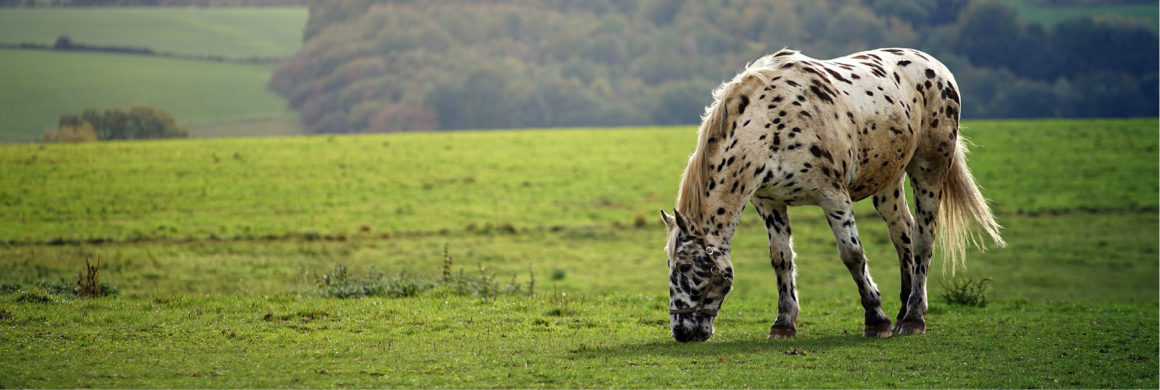With parasite resistance on the rise, vets are advising horse and stable owners to change their deworming programs. If you haven’t yet adopted the practice of strategic deworming, then it may be time to take a look at your stable’s deworming program. The below tips can help you to create an ideal deworming program for your stable.
Understanding Fecal Egg Counts
Fecal egg counts are the basis of your strategic deworming program. These counts measure the parasite egg counts present in each horse’s manure. This can help you to identify which horses shed high numbers of eggs, and can also highlight whether or not deworming products are effective at your barn.
You will need to perform a fecal egg count on the day that you deworm your horses, and then again two weeks after deworming. In order for a dewormer to be considered effective, it must result in a 90% reduction in the fecal egg population in a horse’s manure. If you don’t see this reduction, it can indicate that the parasites have become resistant to a particular dewormer. Additionally, when you know that a horse sheds high numbers of eggs, you can be sure that that horse gets sufficient deworming, while horses that shed fewer eggs may need fewer treatments.
Consider Your Weather
With strategic deworming, you want to concentrate your deworming treatments during times of the year when parasites are most active, and horses are most likely to be transmitting worms. Generally, this is during your region’s grazing season. It is ideal to administer deworming treatments when the weather is warm, but not super hot. As the winter approaches, worms become less active, transmission slows down, and deworming treatments are less needed.
Pay Attention to Your Pastures
Pasture management can pay a significant role in your deworming program. Promptly remove manure from turnout areas to reduce transmission. Since worms take about a week to develop from the egg to the point where they can infect your horses, cleaning your paddocks just twice a week can be a great step in preventing transmission.
If your horses are on large pastures, picking up manure might not be possible, so you should focus on spreading the manure, instead. Spreading the manure breaks it up, leaving the larvae less protection and decreasing its chance of survival.
Account for New Horses
Bringing a new horse into your stable requires special attention, especially if you already have an effective deworming program in place. A new horse may bring in new species of parasites, so it is best to quarantine the horse when it first arrives on your property. Treat the horse with a dewormer, do a fecal egg test, and then do a subsequent test two weeks later to ensure the dewormer was effective. If the second fecal egg test shows a low egg count, you can then bring the horse out of quarantine (assuming that the quarantine period has been long enough to identify that the horse is free of diseases).
Your Next Steps
As you develop your stable’s deworming program, consult your vet with any questions that you may have. Your vet can advise you on the particular dewormers and strategies that are best for your geographic area.


